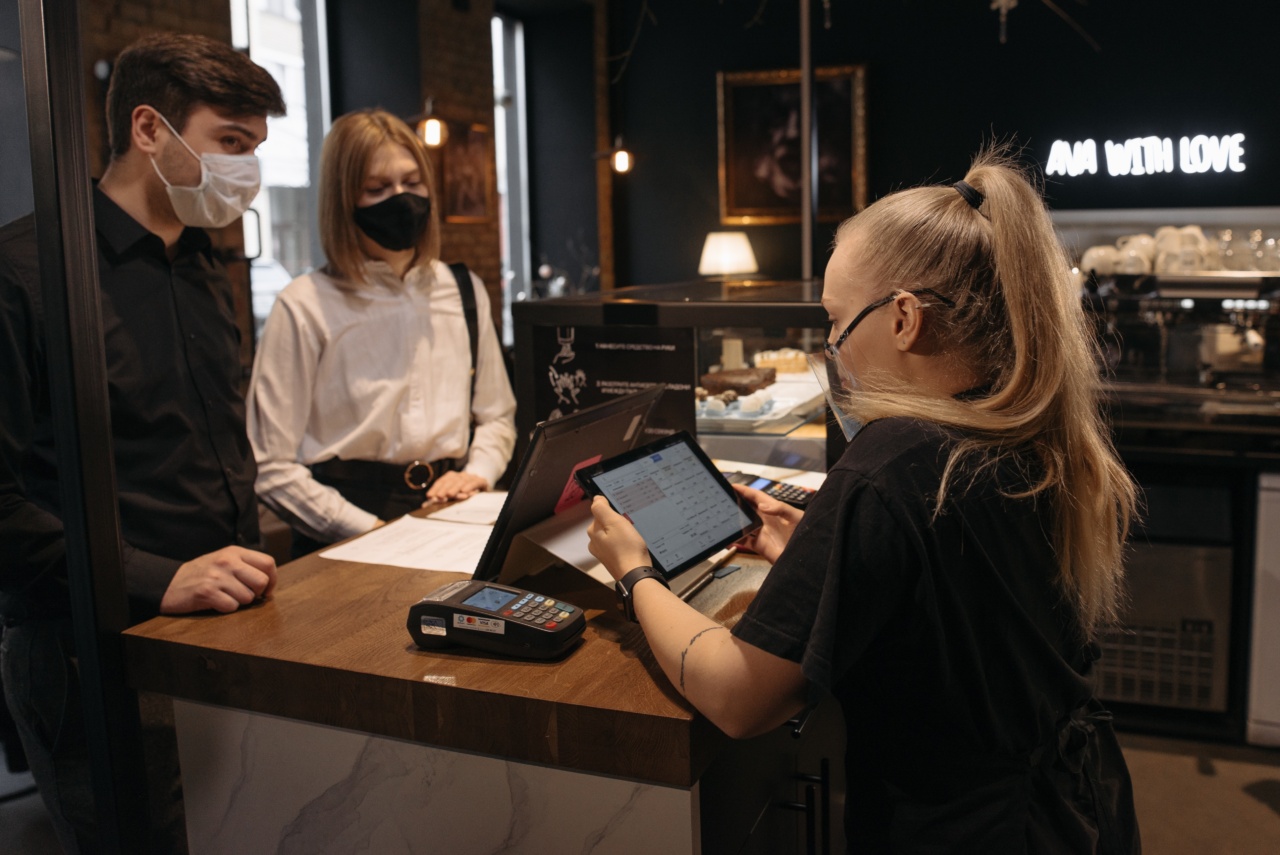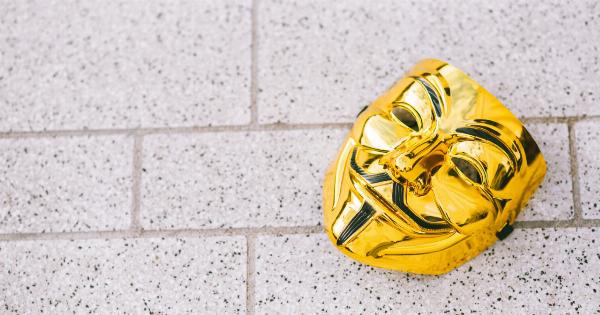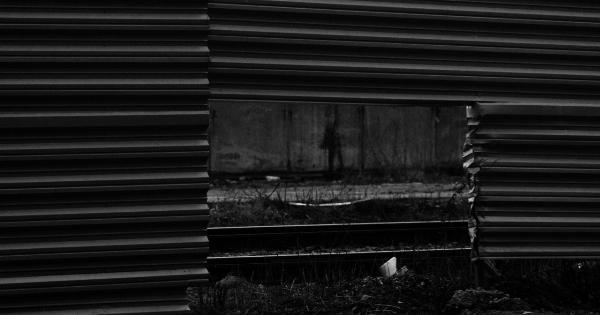Sealing is an essential technique in the construction industry. It is used to prevent the infiltration of liquids, gases, and other contaminants, which can cause damage to the structure and compromise the safety and comfort of the occupants.
However, not all sealing techniques are created equal. Some are more effective, durable, and environmentally friendly than others. In this article, we will explore some enhanced sealing techniques that can provide long-lasting protection for your construction projects.
What is Sealing?
Sealing is the process of applying a material to seal or close a gap, joint, or surface to prevent the passage of fluids, gases, or other substances.
It can be done using different types of materials, such as adhesives, sealants, coatings, membranes, and tapes. The choice of material depends on the type of substrate, the degree of movement, the exposure to weather, and the durability required for the application.
Why is Sealing Important?
Sealing is important for various reasons. Firstly, it can protect the structure from moisture, which is one of the major causes of damage to buildings.
Moisture can penetrate the building envelope through gaps, cracks, or openings in the foundation, walls, roof, or windows, and cause rot, corrosion, mold, and mildew. Secondly, it can improve the energy efficiency of the building by reducing air leakage, heat loss, and drafts, and increasing the thermal performance of the insulation.
Thirdly, it can enhance the indoor air quality by preventing the entry of pollutants, allergens, and odors, and promoting the circulation of fresh air. Finally, it can increase the lifespan of the building by preventing premature degradation of the materials and components, and reducing the need for maintenance and repairs.
Traditional Sealing Techniques
Traditionally, sealing has been done using conventional materials such as silicone, polyurethane, acrylic, and asphalt. These materials have been widely used for their low cost, ease of application, and versatility.
However, they have some limitations that can affect their durability and performance. For example, they can shrink, crack, or degrade over time due to exposure to weather, UV radiation, chemicals, or temperature fluctuations.
They also may not adhere well to certain substrates, such as PVC, EPDM, TPO, or metal, which are commonly used in roofing and waterproofing applications. Moreover, they may emit volatile organic compounds (VOCs) during and after application, which can affect indoor air quality and human health.
Enhanced Sealing Techniques
Recently, there has been a growing interest in enhanced sealing techniques, which aim to overcome the limitations of traditional sealing methods and provide more durable, eco-friendly, and innovative solutions.
Here are some examples of enhanced sealing techniques that you can consider for your construction projects.
1. Liquid Rubber Membrane
Liquid rubber membrane is a waterproofing technology that uses a single-component, liquid-applied, seamless coating to provide a flexible and durable barrier against water, moisture, and air.
It is made of synthetic rubber polymers that can adapt to different substrates, shapes, and sizes, and can withstand extreme weather conditions and temperature variations. Liquid rubber membrane can be applied using various methods, such as brush, roller, or spray, and can cure quickly to form a continuous and seamless layer.
It is also highly resistant to UV rays, chemicals, and abrasion, and can flex with the movement of the structure without cracking or splitting. Liquid rubber membrane is a preferred choice for roofs, foundation walls, planters, and tunnels, as well as for areas that require protection against environmental hazards, such as chemical spills or floods.
2. Photocatalytic Coating
Photocatalytic coating is a revolutionary technology that uses nanotechnology to transform the surface of the substrate into a self-cleaning and deodorizing material.
It consists of a layer of titanium dioxide particles that can decompose organic substances, such as bacteria, mold, and odor, under the presence of sunlight or artificial light. Photocatalytic coating can be applied to different surfaces, such as concrete, glass, metal, and plastic, and can reduce the need for cleaning, maintenance, and disinfection.
It can also improve the air quality by degrading pollutants, such as nitrogen oxides, and help mitigate the urban heat island effect by reflecting sunlight and reducing the surface temperature. Photocatalytic coating is suitable for building facades, sidewalks, roads, and public spaces, as well as for indoor environments, such as hospitals, schools, and offices.
3. Liquid-Applied Air Barrier
Liquid-applied air barrier is a sealing technology that combines the properties of an air barrier and a vapor barrier in a single product.
It is usually applied as a liquid coating that can fill and seal gaps, penetrations, and joints in the building envelope, and provide a continuous and airtight layer. Liquid-applied air barrier can be used in different types of construction, such as wood, steel, and concrete, and can accommodate different degree of movement and expansion.
It can also reduce the risk of condensation and humidity by preventing the entry of outdoor air and moisture, and promote the energy efficiency by minimizing the air leakage and heat loss. Liquid-applied air barrier is an effective solution for high-performance buildings, such as passive houses, zero-energy buildings, and green buildings, as well as for retrofit projects and upgrades.
4. Solar-Reflective Coating
Solar-reflective coating is a material that can reflect sunlight and reduce the absorption of heat by the building surface.
It is usually made of a base material, such as acrylic or elastomeric, that is mixed with reflective particles, such as ceramic or metallic, to enhance its reflectivity. Solar-reflective coating can be applied to flat and sloped roofs, walls, and surfaces that are exposed to direct sunlight, and can lower the surface temperature by up to 50 degrees Fahrenheit.
Solar-reflective coating can also reduce the energy consumption of the building by reducing the need for air conditioning and cooling, and can extend the lifespan of the roof by reducing the thermal stress and weathering. Solar-reflective coating is a cost-effective and eco-friendly option for buildings in hot climates or with high cooling loads, and can contribute to the LEED certification of the building.
5. Hydrophobic Coating
Hydrophobic coating is a material that can repel water and prevent its absorption by the substrate.
It usually contains a fluoropolymer or a siloxane compound that can form a water-repellent layer on the surface, and reduce its contact angle with water to less than 90 degrees. Hydrophobic coating can be applied to different surfaces, such as glass, metal, wood, and concrete, and can protect them from water damage, staining, and corrosion.
Hydrophobic coating can also enhance the self-cleaning properties of the substrate by preventing the adherence of dirt, dust, or other contaminants, and promoting the runoff of water. Hydrophobic coating is a useful application for buildings in rainy or humid climates, or for surfaces that are exposed to water, such as facades, roofs, and balconies.
6. Green Roof System
Green roof system is a sustainable and eco-friendly solution that uses vegetation and soil to cover the roof surface, and provide a range of benefits, such as insulation, stormwater management, biodiversity, and aesthetic enhancement.
Green roof system usually consists of several layers, including waterproofing membrane, drainage layer, soil layer, and vegetation layer, that work together to create a self-sustaining and biodiverse ecosystem on the roof. Green roof system can also reduce the urban heat island effect by absorbing and reducing the surface temperature, and contribute to the LEED certification of the building.
Green roof system is a viable option for buildings with flat or sloped roofs, and can provide multiple benefits to the building and the environment.
Conclusion
Sealing is a vital technique in the construction industry that can provide protection, comfort, and durability to the building and its occupants.
By choosing enhanced sealing techniques, such as liquid rubber membrane, photocatalytic coating, liquid-applied air barrier, solar-reflective coating, hydrophobic coating, and green roof system, you can benefit from more effective, eco-friendly, and innovative solutions that can provide long-lasting and sustainable protection to your construction projects.






























